

Ben Zachariah
Video: Off-road battle for Beer O’Clock Hill has automakers scrambling
8 Hours Ago
Rolls-Royce has joined the legion of luxury brands offering electric cars. The Spectre features a number of classic design elements reimagined.

Contributor
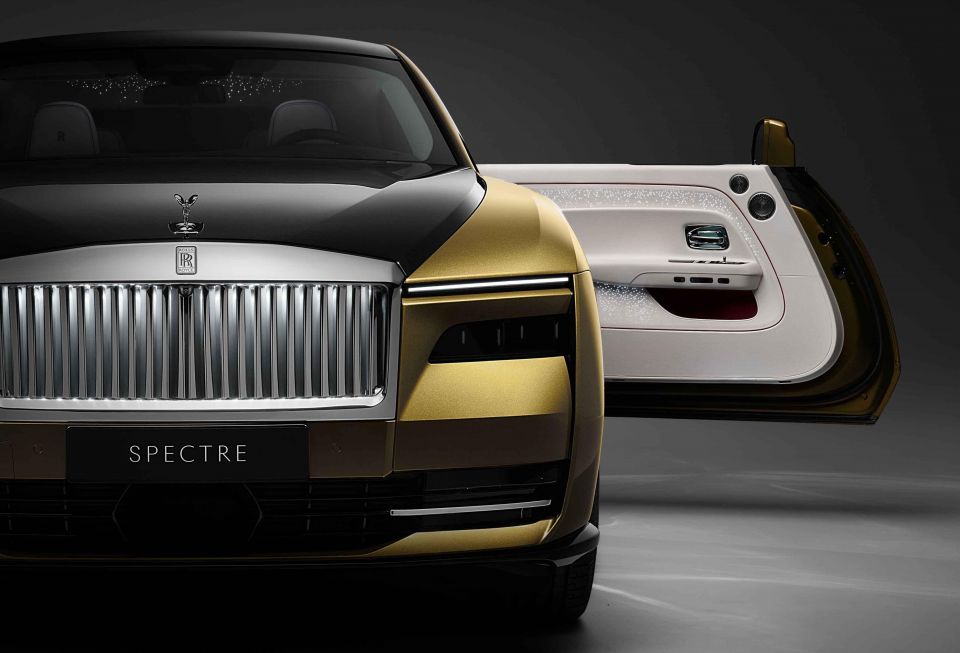

Contributor
Rolls-Royce is arguably the ultimate luxury carmaker. Majoring on quietness, comfort, and smoothness, it’s no surprise an electric powertrain is ideal for its range of vehicles.
Indeed, as often quoted by the company itself, Rolls-Royce co-founder Charles Rolls suggested the same idea more than 120 years ago when he presciently noted ‘the electric car is perfectly noiseless and clean. There is no smell or vibration. They should become very useful when fixed charging stations can be arranged.’
Rolls-Royce design has been defined by the V12 engine. A staple of the current line-up, the longitudinally-mounted V12 engine is smooth and refined, but also bulky and necessitates the use of a long bonnet and substantial cooling.
An electric motor, of course, is much more compact and requires less cooling than a V12, which gives Rolls-Royce designers more freedom to change the stance and proportions of their vehicles, at the risk of detracting from the trademark Rolls-Royce look.
So how has Rolls-Royce decided to approach the design of its first production electric vehicle?
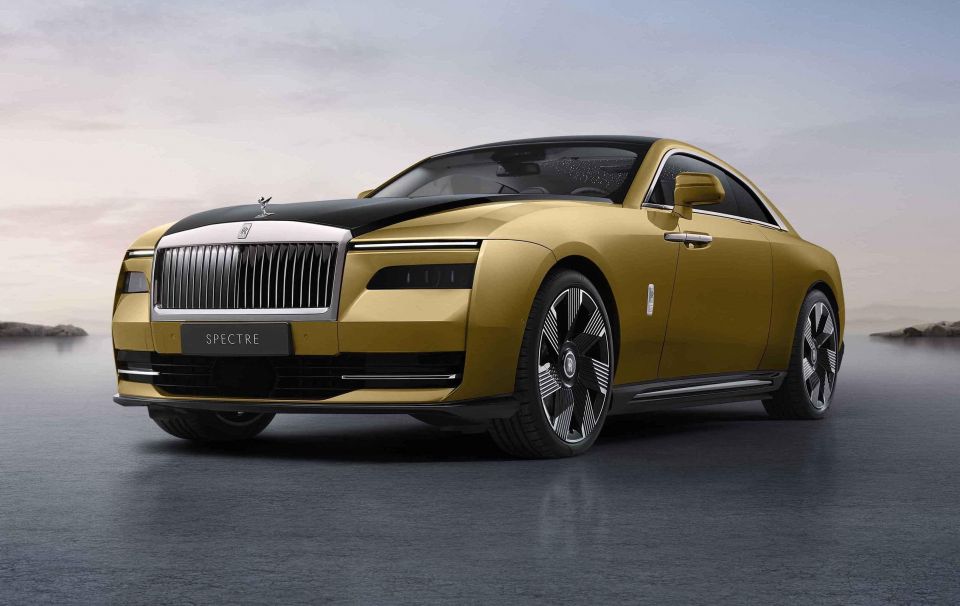
Torsten Müller-Ötvös, Rolls-Royce CEO, has noted the Spectre is a Rolls-Royce first and an electric car second, and acts as the spiritual successor to the Rolls-Royce Phantom Coupé.
This statement guides the overarching design philosophy behind the new vehicle.
Therefore, the company has retained a long-bonnet, cab-backwards stance with the Spectre, an approach that perhaps also helps signify the power and capability of the electric drivetrain underneath.
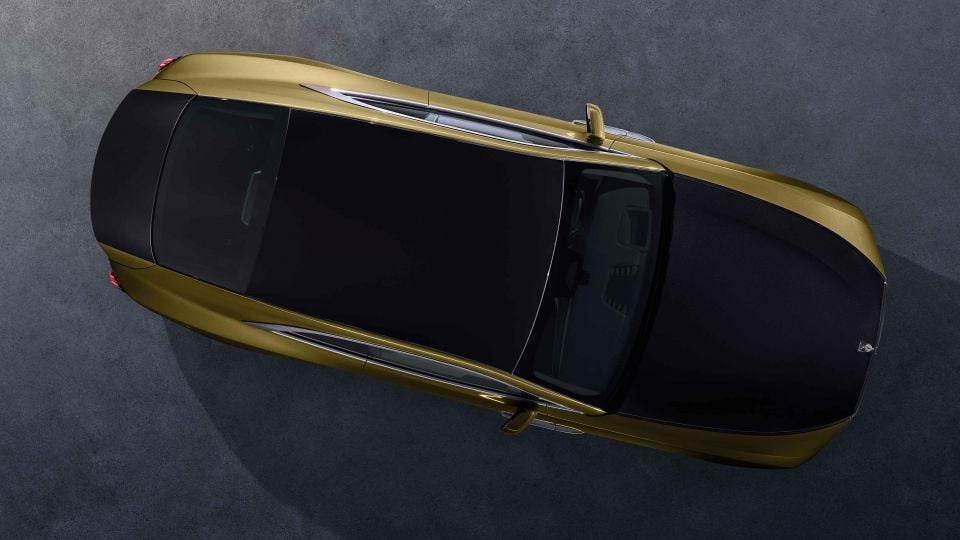
The key criticism of this approach is that, unlike the jellybean style cab-forward design adopted by Mercedes for the new EQS and EQE sedans, a cab-backward stance may not yield optimal aerodynamic benefits, and therefore may compromise the range of the car.
However, Rolls-Royce has achieved a reasonable 520km range on the WLTP cycle for the Spectre through the combination of a large battery and various other aerodynamic design features.

All Rolls-Royces are fitted with the Spirit of Ecstasy sculptural bonnet ornament. For the Spectre, the brand claims the figurine was ‘aero-tuned’, now adopting a shorter height and a stance that leans forward with the legs bent slightly.
Top-end models within the BMW brand, such as the 7 Series, X7 and XM have adopted a split headlight approach, and Rolls-Royce carries this forward with the Spectre.
The brand claims the horizontal LED DRL and separated rectangular main headlamp unit reference ancestors such as the Phantom Coupé, which also used a split arrangement, but with circular main headlamps.

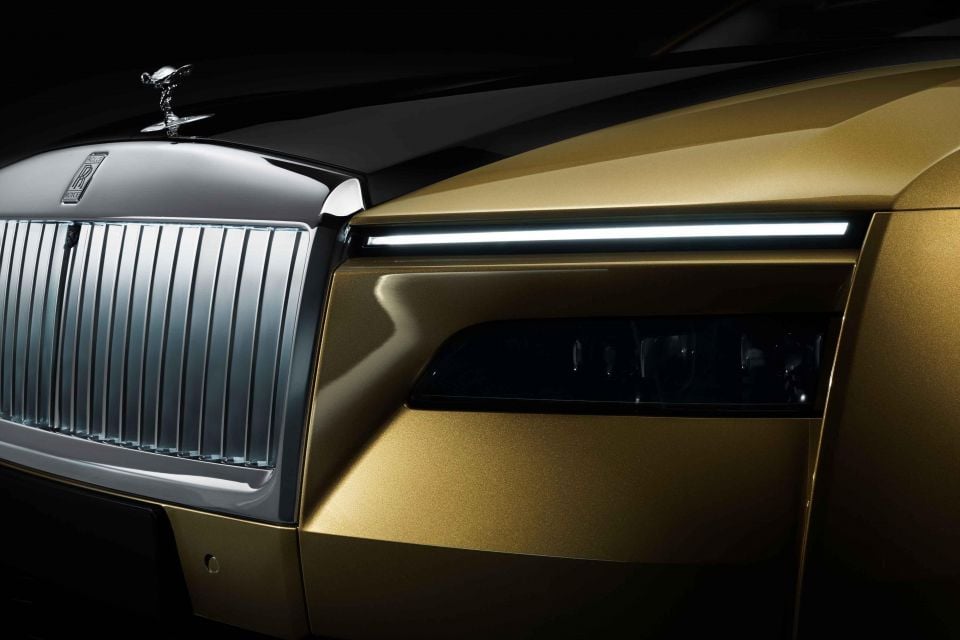
Perhaps one of the greatest challenges for Rolls-Royce designers was how to shape the upright, formal Pantheon grille for an electric era where ventilation needs are reduced.
The marque has chosen to retain the traditional Pantheon design for the Spectre, but rather than the bluff, vertical look in the Phantom and Ghost models, has focused on stretching the grill to create the widest interpretation used on any Rolls-Royce to date.
The design of the vanes has also been altered to guide air around the sides of the car, while the bonnet, although long, features a subtle curvature to ensure the grille has a flush fit with its surrounding bodywork.
The combination of these features allow the company to claim a drag coefficient of just 0.25, higher than models such as the jellybean shaped Mercedes EQS at 0.20, but remarkable given the car’s adherence to conventional Rolls-Royce design tropes.
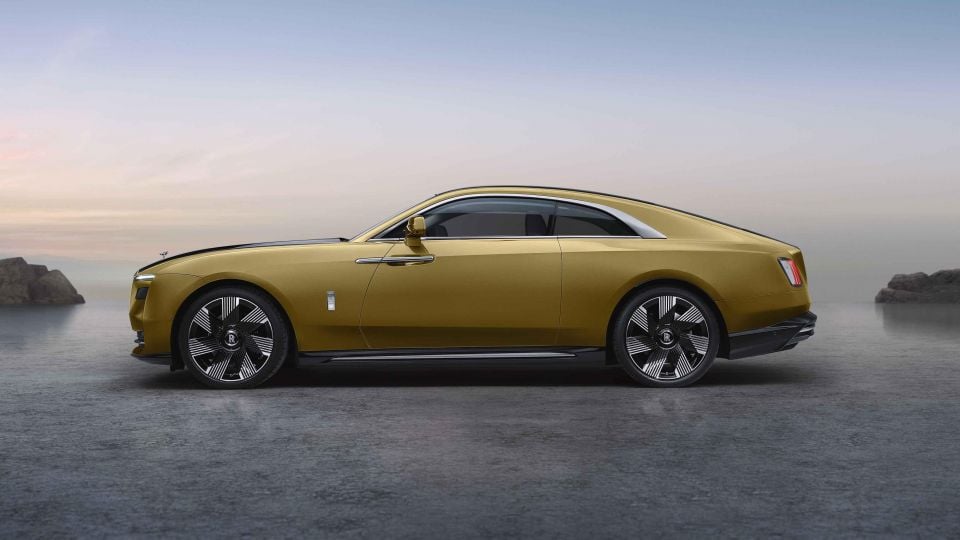
With a recent history filled with coach built models such as the Sweptail and Boat Tail, it is clear Rolls-Royce today draws inspiration from nautical themes for its two-door models. The new Spectre, despite its more mass-produced status, is no exception.
Key to this is the fastback glasshouse, with emphasis being placed on the broad, sweeping rear pillar that helps create a seamless two-box shape. It acts as a subtle allusion to the rear deck of a yacht, and creates a sense the car is about to propel itself forward.
The monolithic design of the rest of the side profile further references these maritime themes.
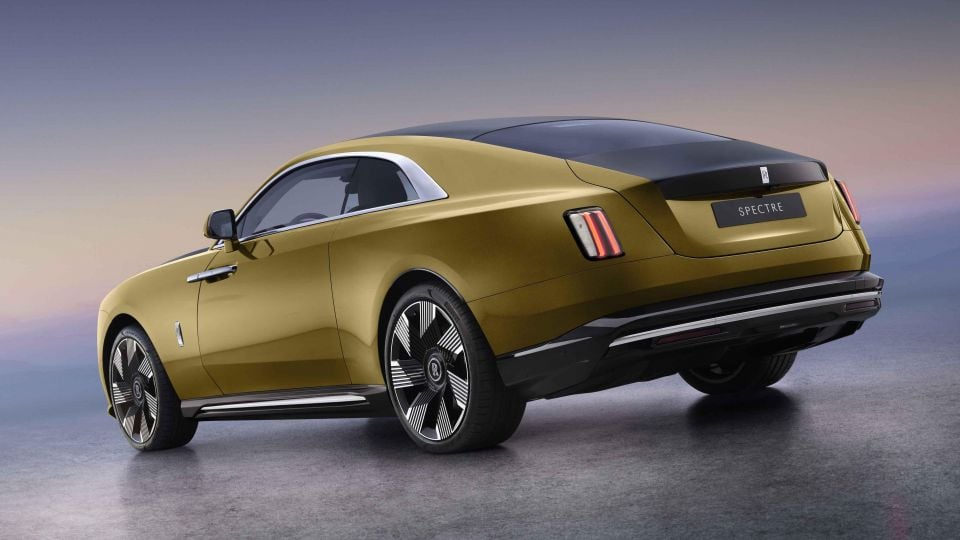
Rather than an excess of character lines or creases, Rolls-Royce has focused on two lines which draw the eye to the tail and help accentuate the volumes of the rear haunches.
The first of these is what the company calls the ‘bow line’, stretching from above the front wheel arch through the door and all the way to the edge of the rear tail light. From a rear three-quarter view, this line is critical in defining the broad rear haunches of the car.
Together with the available two-tone paint scheme and fastback roof design, it helps create a taper that aims to mimic the stern of a boat.
Below this is what the marque calls the ‘waft line.’ From the rear of the car, this line is angled downwards, before sweeping upwards in front of the rear wheel and through the doors. Rolls Royce claims the waft line aims to replicate the motion of the hull of an accelerating yacht, when its bow is lifted upwards as it cuts through the water.
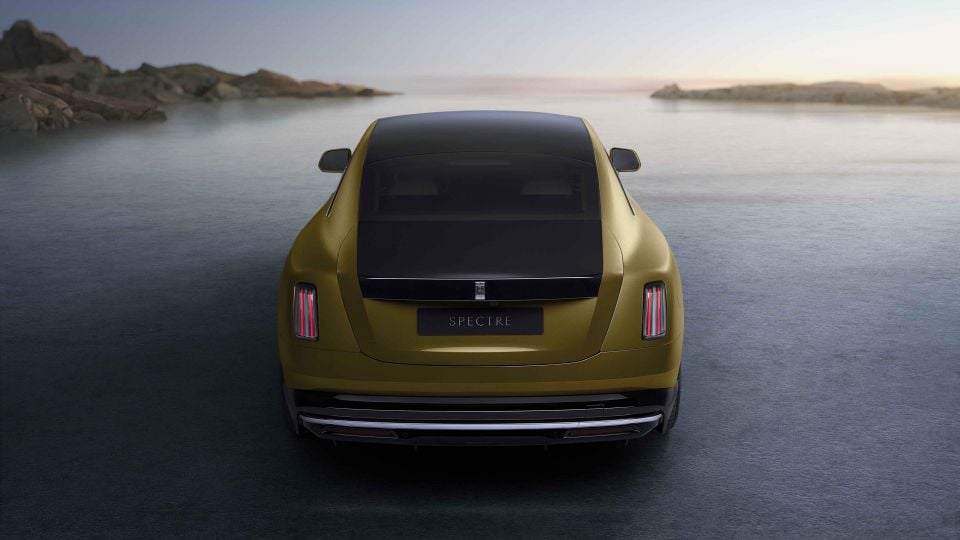
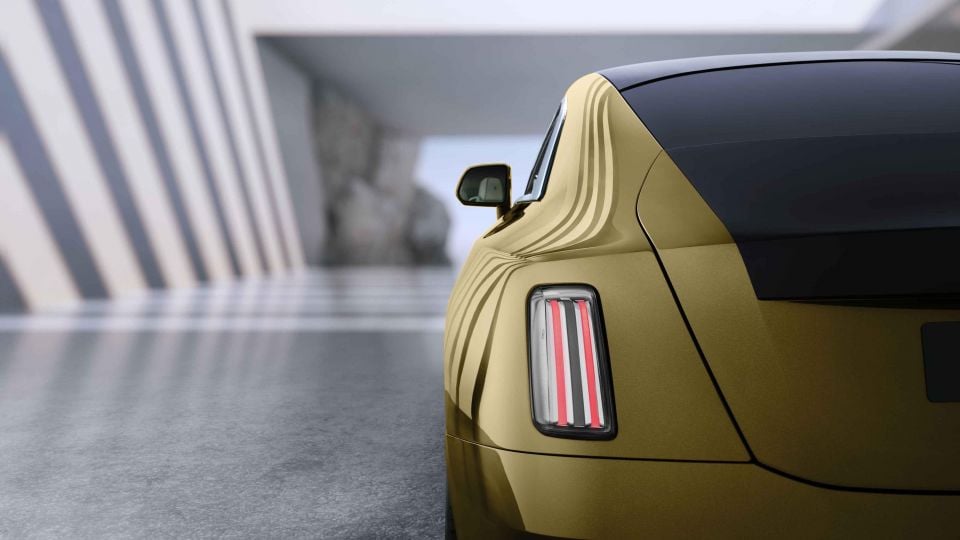
Both the bow and waft lines commencing behind the front wheels culminate at the tail of the Spectre, where the car’s yacht inspiration is arguably most evident.
Similar to the subtle taper the stern of a yacht might have, the Spectre’s rear haunches have a gentle inwards curve that draws the eye to the U-shaped tailgate, with the rear bumper featuring an otherwise clean, uncluttered design.
Another interesting feature are the transparent, art-deco style tail-lamps equipped with a metal inset, with the company claiming the neutral finish allows the tail-lamp design to work well with any exterior colour.
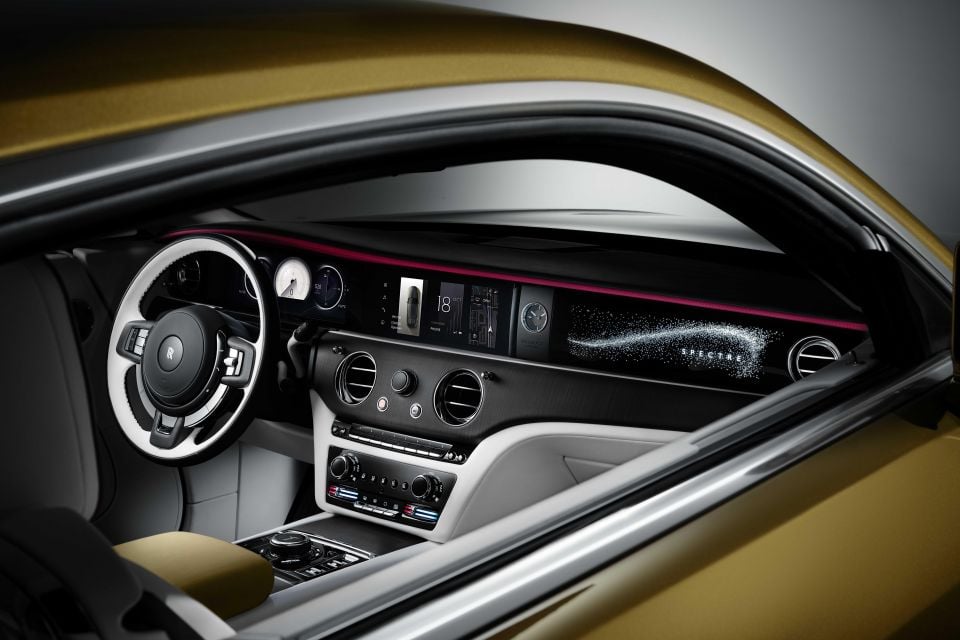
The Spectre’s interior is perhaps the element of the design least different from other Rolls-Royce models on sale today.
While many carmakers have used the transition to electric vehicles to kill buttons in the interior, the Spectre retains all physical controls, including the rotary controller and buttons for the infotainment system, and switches for the air-conditioning, temperature and heating system (HVAC).
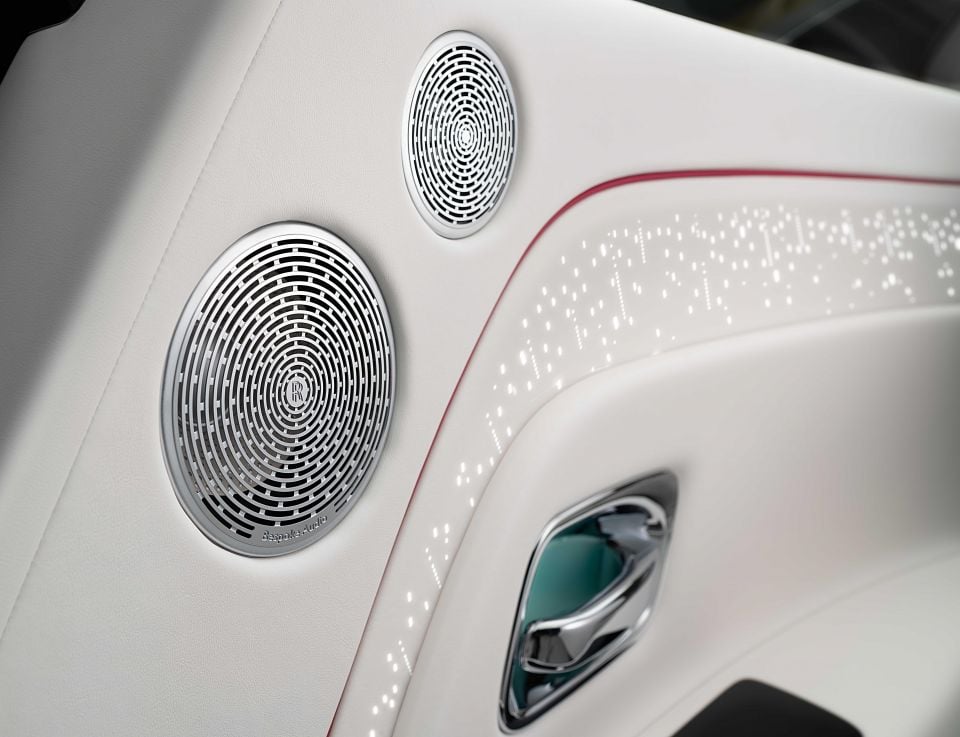
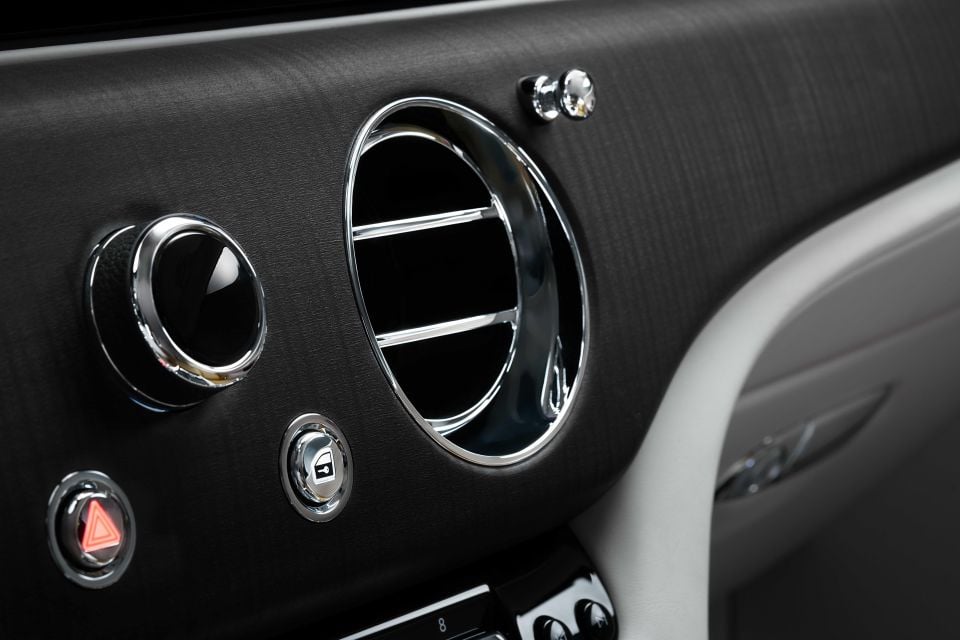

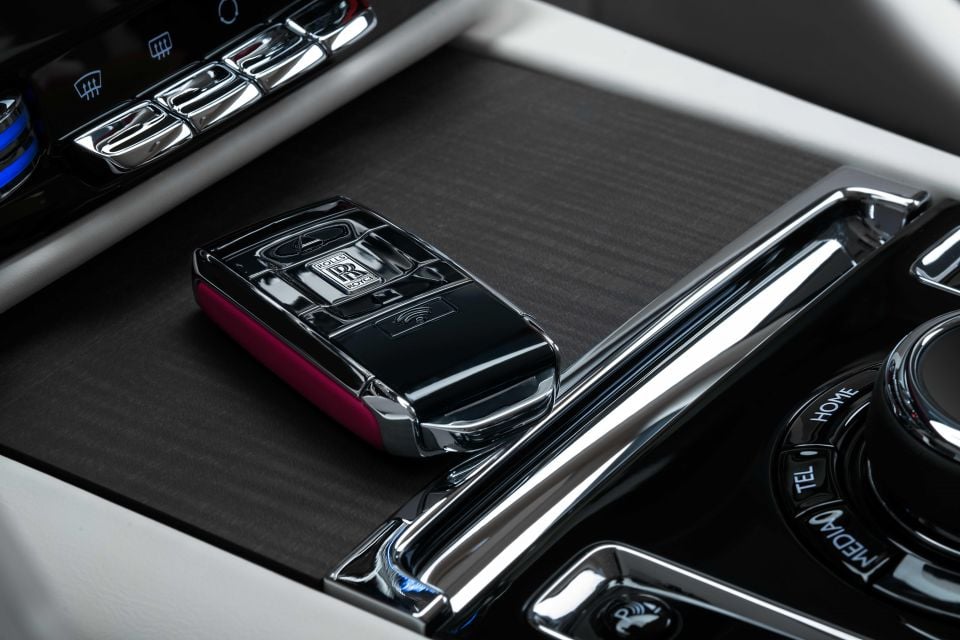
Most notable is the extension of the Starlight headliner (where LED lights are sewn into the roof to mimic a starry night sky) to the doors and, in a digital form, to the dashboard with a display directly facing the front passenger.
Additionally, the Spectre marks the debut of Rolls-Royce’s new infotainment system, Spirit, that offers OTA updates and app functionality, and appears to be a version of BMW’s iDrive 8 (also known as Operating System 8.0) with a different user interface.
Where expert car reviews meet expert car buying – CarExpert gives you trusted advice, personalised service and real savings on your next new car.


Ben Zachariah
8 Hours Ago


CarExpert.com.au
16 Hours Ago


Damion Smy
1 Day Ago


Damion Smy
1 Day Ago


Damion Smy
2 Days Ago


Damion Smy
2 Days Ago